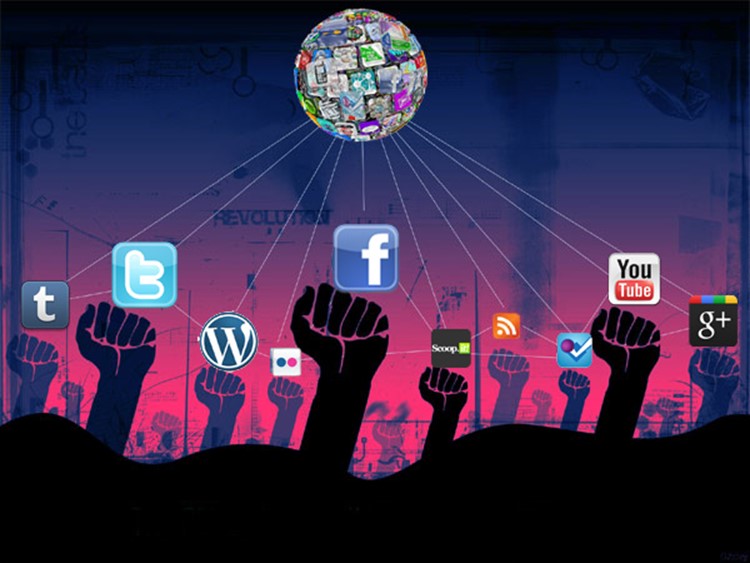Organisational culture: A key ingredient to staff engagement
Have
you ever walked into an agency for a job interview, or maybe been asked to provide
a presentation or workshop at another organisation and, as you walked through
the front door you’ve unconsciously hunched your shoulders and wondered why?
Alternatively,
have you ever walked into a room full of people from other organisations who
have perhaps come together to develop a new policy or program, you’ve never met
any of them, and you immediately feel welcome and energised, and find yourself
making eye contact and smiling around the group?
I’ve
experienced both scenarios.
In one case I presented a training session where the mixed gender attendees
all wore black or dark suits with white shirts, and refused to interact or even
talk to one another except snarl at each other. Whether the workshop representatives actually meant to or
not, their behaviour and work suits had created an immediate first impression
and formed my view of their agency’s culture.

Image courtesy of fastcompany.com
In
another, I attended an annual "catch-up" session presented by the
Secretary, who was articulate, funny and was sitting comfortably on a
couch in front of a large group of a mixed bunch of managers and staff.
When he asked for questions, people's hands literally shot up. He
listened closely to each question and, on one occasion, admitted he
didn't know the answer and asked the forum if anyone knew the answer.
Which organisation would you prefer to work at?

Image courtesy of knowmad.com
Why culture is a Game Changer in workplace engagement
Organisational
culture
is one of the key game changers that shape a work environment and acts
as an enabler for people to produce poor, or (preferably) good to outstanding
business results.
Another
way
to look at it is, good culture allows people to feel safe enough to be
at
their creative best, and engage with the issues that help move forward
critical programs. In these
organisations, people are generally much more likely to be productive
and yet demonstrate mutual respect. You probably know if your
organisation has a reasonable or good
culture because people generally interact politely, may feel comfortable
enough to laugh while they're working, are empowered to provide
feedback when asked, and/or
are comfortable to raise questions directly with the boss during the
regular employee “catch-up”
group meetings. In other words, people are engaged and prepared to take
some minor personal risks, such as showing that they're enjoying their
work.
A
poor workplace culture tends to create a quieter, herd environment where
people stick together
as a protective measure so that individuals are not cut down like tall
poppies. You may suspect your organisation’s culture is poor because
face-to-face group meetings with the boss or supervisor(s) may be rare,
and
when they do occur, only the boss and/or key managers talk, the meeting
is short and quiet, and people avoid participating or interacting
(except through
anonymous online surveys).
Other signs that your workplace culture may be poor
and perhaps even bullying or abusive (Mattice,
2016) include:
- A general reluctance to participate in meetings and "catch-up" meetings tend to be quiet with only the boss or other managers talking or raising questions.
- Work cliques indicate those people who are more likely to be invited to, or participate at, social work gatherings.
- People use work email or other work technologies to communicate and avoid face-to-face interactions.
- An increase, or sudden jump, in staff absenteeism, confusion about job responsibilities, or constant organisational re-engineering, or goal changing.
- Frequent load outbursts that sometimes lead to abusive telephone calls, emails or sms.
- Unresolved conflict and conscious tension between employees, groups, or divisions.
- Frequent miscommunication leading to misunderstandings and aggressive online and offline behaviour.
- Productivity decreases.
- Practical jokes or sarcasm are ignored, despite clearly upsetting the recipient.
- High achievers suddenly receive average to poor performance evaluations, relocate within the agency, or leave.
As
I’ve said in other posts, culture can be a barrier to resolving face-to-face
workplace bullying, where organisations characterised by a hierarchical
structure and management style may be unaware that their culture is a bullying
one (Boucaut,
2003).
In this sense, culture is perceived as an enabling tool that can be
used or abused by powerful organisational groups, such as the executive or
middle management, to shape the values, attitudes and behaviours of other less
powerful organisational members. In large organisations, culture is expressed
through explicit and implicit rules.
Four types
of workplace culture
Collaborative. Is your office environment one in which
team members band together in open dialogue? Is there an attitude of shared
ownership and a passion for problem-solving? Or are your team members isolated
and insular, working privately and not together?
Creative. Would you characterise your work-space
as one in which innovation is valued and fostered? Do your team members feel
comfortable bringing up new ideas or experimenting with the way things are
done, or do they all follow tradition, to “the way we’ve always done things”?
Controlled. Do you have an extremely formal,
rules-based workplace,where people feel like they have to do things in a
certain way or else face dire consequences? Does your workplace emphasize
dependability and hierarchical authority?
Competitive. Are your team members working to outdo
one another, to bring in the best results on the company’s behalf? Is there a
“survival of the fittest” mentality in your workplace culture? Is your
organization unified by a zeal for winning, however you may define that
term?
How to diagnose your workplace culture.
Culture
audits can be used to assess workplace culture and may include tools such as: (a.) culture walks,
observation in the workplace; (b.) culture interviews or focus groups of
employees; (c.) individual employee culture interviews; (d.) culture surveys,
often developed internally based on collected information; and/or (e.)
commercially available instruments.
However, one of the simplest ways of diagnosing your workplace culture is to start asking questions such as:
- What would you tell a friend about your organisation if he or she were about to start working here?
- What barriers do you experience as you try to accomplish your work?
- What is the one thing you would most like to change about this organisation?
- Who is a hero around here? Why?
- What is your favourite quality that is present in your company?
- Who succeeds in your company?
- What kinds of people fail in your organisation?
- What is your favourite question to ask a candidate for a job in your company?
- What are the goals of your organisation?
- What is the vision your organisation is seeking to achieve?
- Do the organisation's policies and procedures support your efforts to accomplish work or do they impede your progress?
- What stories do current employees tell new employees about your organisation when they join the organisation?
- What is your favourite story, the story you share most frequently, about your organisation?
Dr Lawrence, the founder of Stop Workplace Cyberbullying, has a BA SSc and PhD in organisational social psychology. She works
with individuals and organisations as a consultant, speaker and
trainer. She uses her social science expertise to enhance interactions
between organisations and the people who lead and work in them by
fostering new insights for diagnosing organisational problems, and build
new capabilities and culture. E: felicity.lawrence@connect.qut.edu.au or LinkedIn or Twitter


